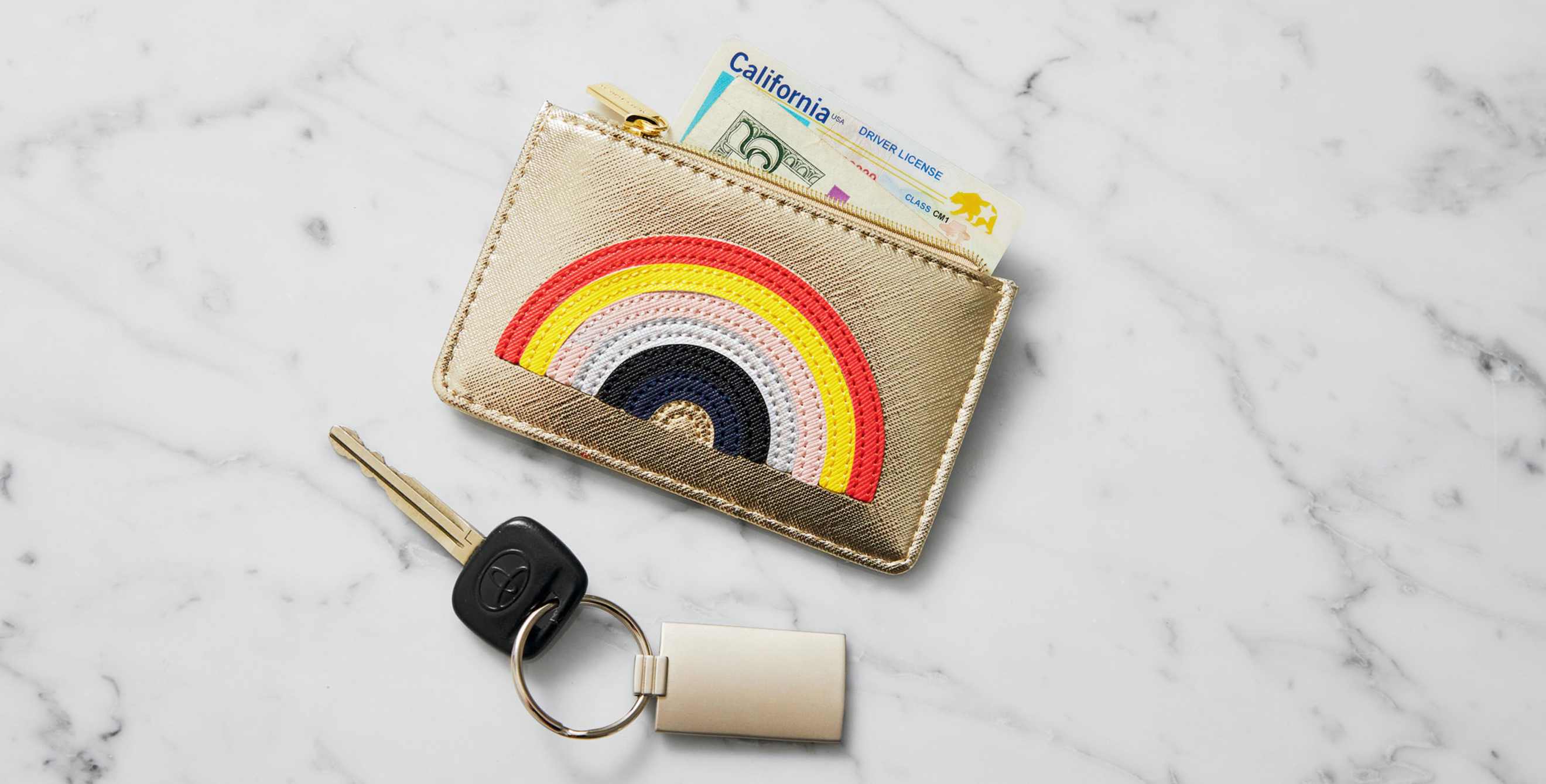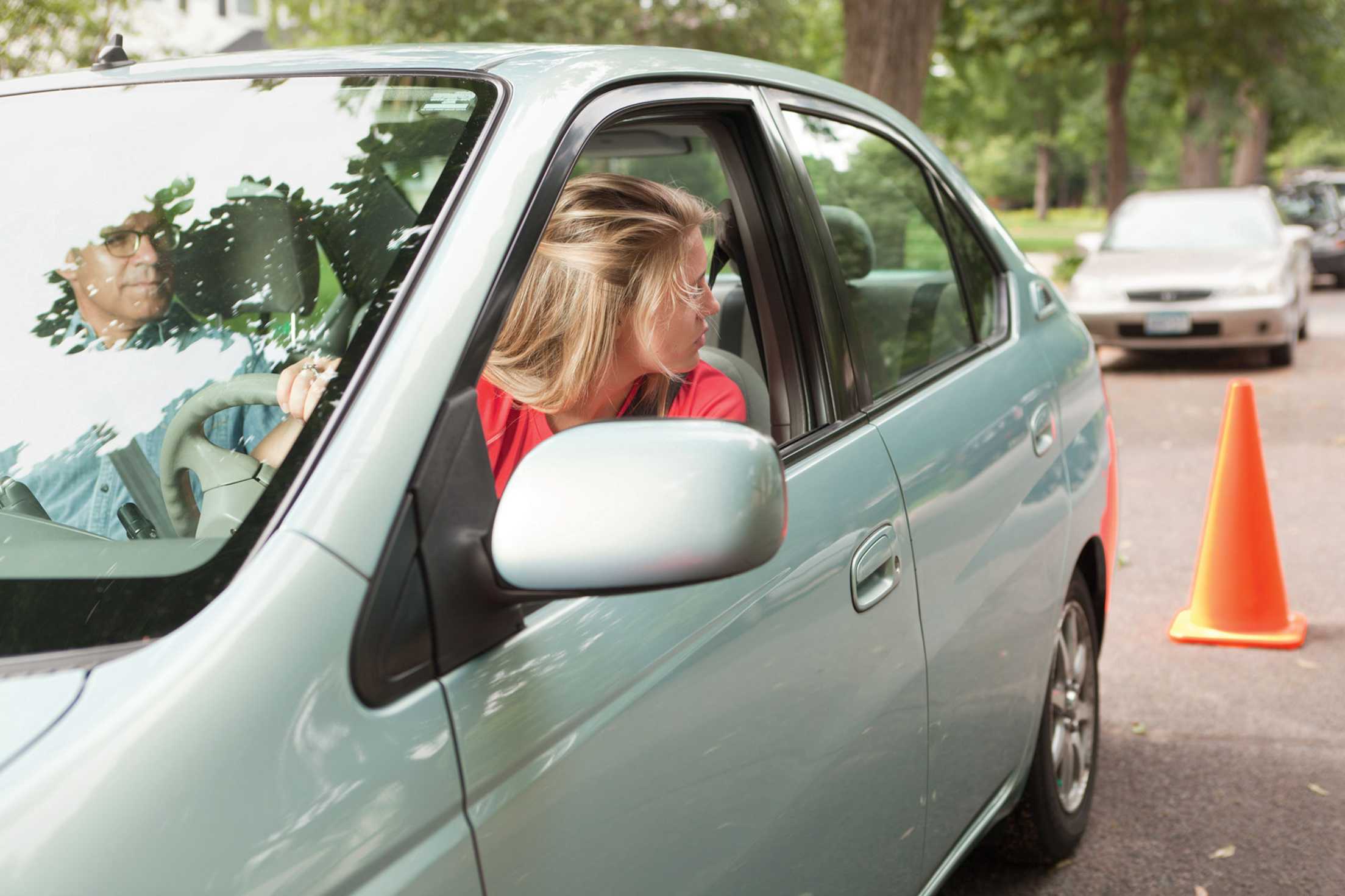
How to Raise a Good Teen Driver
Parents are key in keeping teenagers—and the rest of us—safer on the road.

Getting a driver’s license is one of the most exciting events in a teenager’s life. For parents of those teens, it’s one of the scariest.
New drivers 16 to 17 years old are three times as likely as adults to be involved in a deadly crash, according to research from the AAA Foundation for Traffic Safety. In fact, the U.S. Department of Transportation reports that automobile crashes are the leading cause of death for teens aged 15 to 18 nationwide, ahead of all other types of injury, disease, or violence.
“Teens simply lack experience behind the wheel,” says Jennifer Ryan, director of AAA State Relations. “That increases the odds of a deadly outcome, not just for these young drivers, but for their passengers and others on the road.”
The key to reducing these alarming numbers? “Parents are the front line of defense for keeping our roads safer,” Ryan says. By getting more involved with kids who are learning to drive and by talking about the dangers of risky behavior behind the wheel, parents can help reduce the number of deadly crashes on the road. If there’s a new driver in your life, it’s time to begin a potentially lifesaving dialogue to set and enforce rules, and—as always—to model safe and responsible driving.

Preparing Your Teen
When teenagers take the wheel, parents should stress safety—especially the need to avoid the three most common factors in deadly crashes for young drivers: distraction, speeding, and not buckling up. Here are four ways to do that:
Insist on education.
Teens who participate in formal driver education programs are safer on the road. “Research confirms what conventional wisdom tells us: Driver education makes a difference,” says William Van Tassel, manager of AAA driver training programs. Young drivers who complete training receive 40 percent fewer traffic-related convictions than those who don’t attend a formal program.
Prepare virtually.
New drivers can get comfortable behind the wheel before they hit the road at places like Greenlight Simulation in Danville, California. Here, students sit in a modified Volkswagen “cockpit” with screens to the front and sides. Computer simulations teach and evaluate driving basics as well as present emergency situations unlikely to be encountered in driver training. “This is an opportunity to learn foundational skills and confidence before they ever get out on the road,” says CEO Jason Zimmerman. “We give them a really safe head start.”

Practice to perfection.
Make sure your teen has many chances to drive in different situations—including on highways and busy streets, at night and during the day, in wet and dry weather—with you alongside to calmly offer advice and support.
Monitor late bloomers.
A growing number of teens are waiting a few years before getting their licenses, which means they skip state-imposed graduated licensing requirements based on age. But all new drivers need limits and oversight. An 18- or 19-year-old with a full license but little experience on the road can benefit from supervised, restricted driving.
Be there for backup.
It’s not legal, but it’s a fact of life that many teens drink alcohol. Make sure your teen knows that you will provide a safe ride, anytime, anywhere, to keep him or her from driving while intoxicated or riding with an impaired driver.

Making a Contract
A driving agreement between you and your child sets clear expectations. Putting everything in writing helps parents uphold standards consistently and reminds teens that driving is a privilege. Items to include in a contract:
- Who is and is not allowed as a passenger while the teen is driving.
- Non-negotiable rules, such as wearing a safety belt, driving at or below the speed limit, and obeying all traffic laws.
- Forbidden actions, such as racing, driving while intoxicated, concealing tickets, and letting others drive the car.
- Courtesies and considerations that your teen driver agrees to observe, such as telling you where they are going and what time they will be home, keeping the car clean, pulling over to use a cell phone, and avoiding making unnecessary side trips or stops.
- Parental commitments that the teen driver can count on, such as maintaining a safe vehicle, paying for driver training classes, sharing observations and coaching tips in a calm manner, and being available for a ride regardless of time of the call or the situation.
- You can also include specifics such as mileage allotments, car maintenance and routine upkeep tasks, expenses, and conditions that will result in the loss of driving privileges.
Once you create a contract, be sure to update it periodically. As your teenager demonstrates good driving habits and good judgment over time, specific points in the contract may be renegotiated. You may relax restrictions, or if your teen has not lived up to the contract, add new restrictions.
Make smart choices, whether you're buying, selling, insuring, maintaining, or repairing a vehicle.